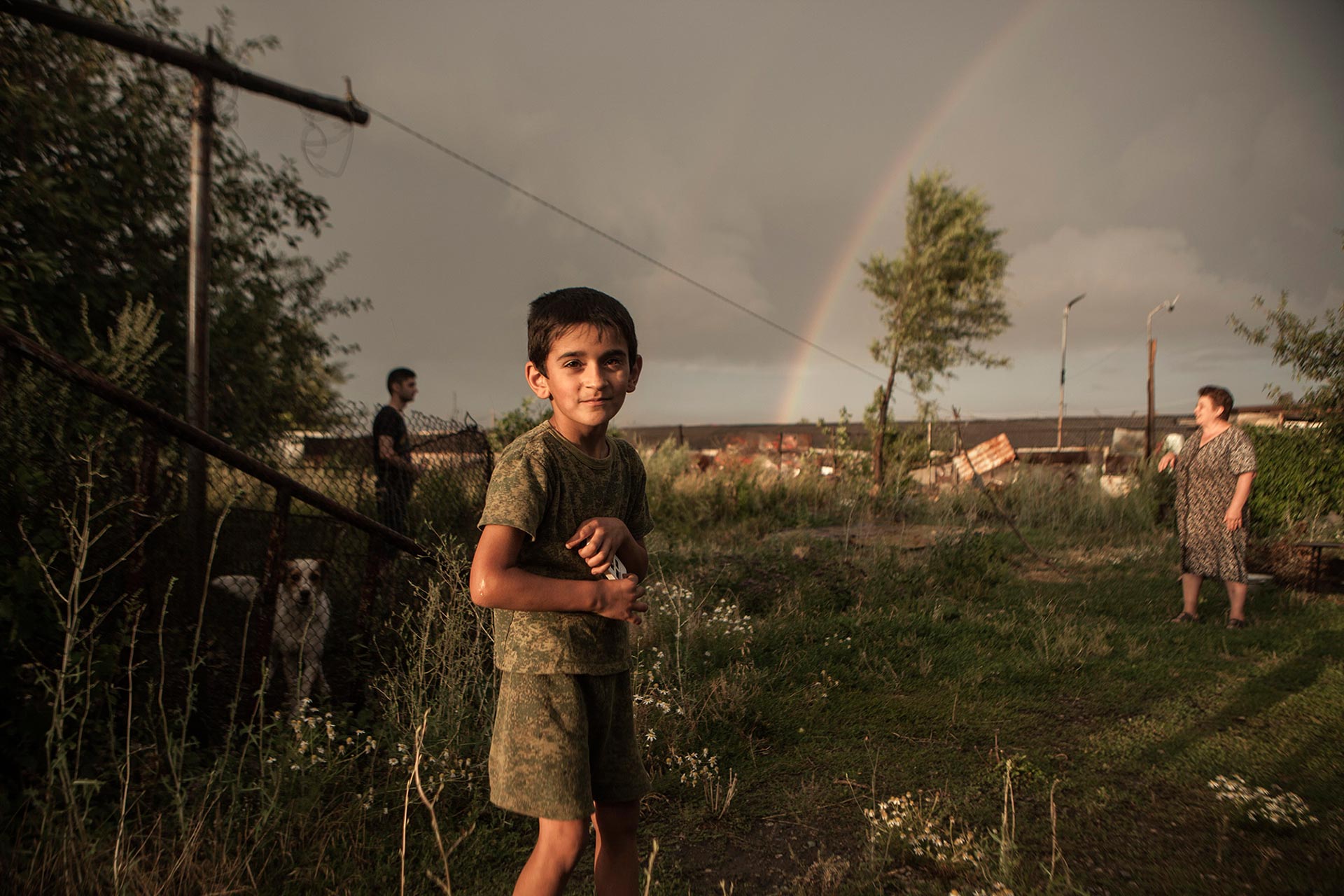By Serpil Polat & Cigdem Ucuncu / NarPhotos
In December 1988, the devastating “Spitak Earthquake” hit the Northern part of Armenia where it killed at least 25.000 people and left half a million homeless. Particularly in Armenia’s second largest city Gyumri, the number of victims is estimated to be around 15.000-17.000.
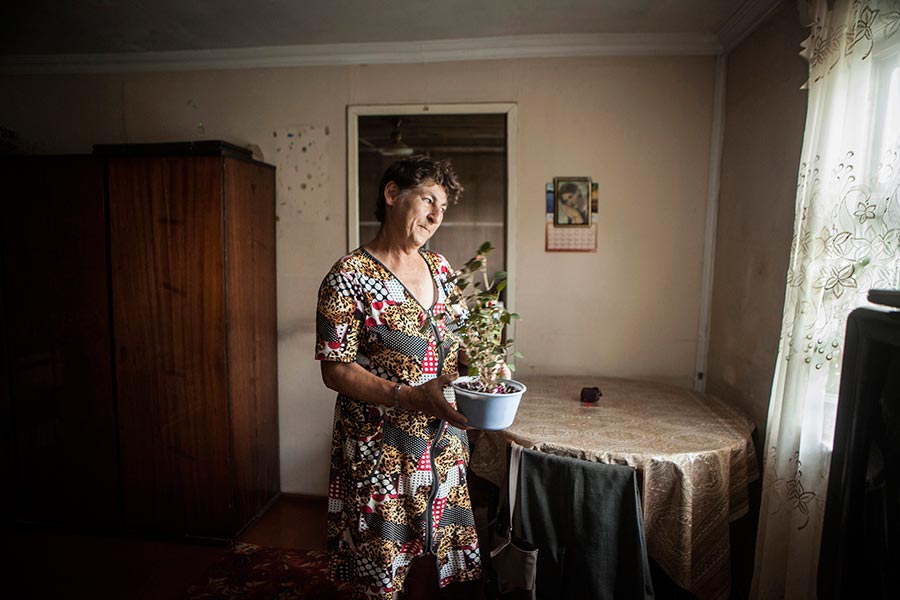
Tamara (67) lives with her husband. Together they got 6 children and 20 grandchildren. Even though Tamara and her husband received a house after the earthquake, they prefer to live in a domik, which they have altered according to their needs. Cigdem Ucuncu/ Nar Photos
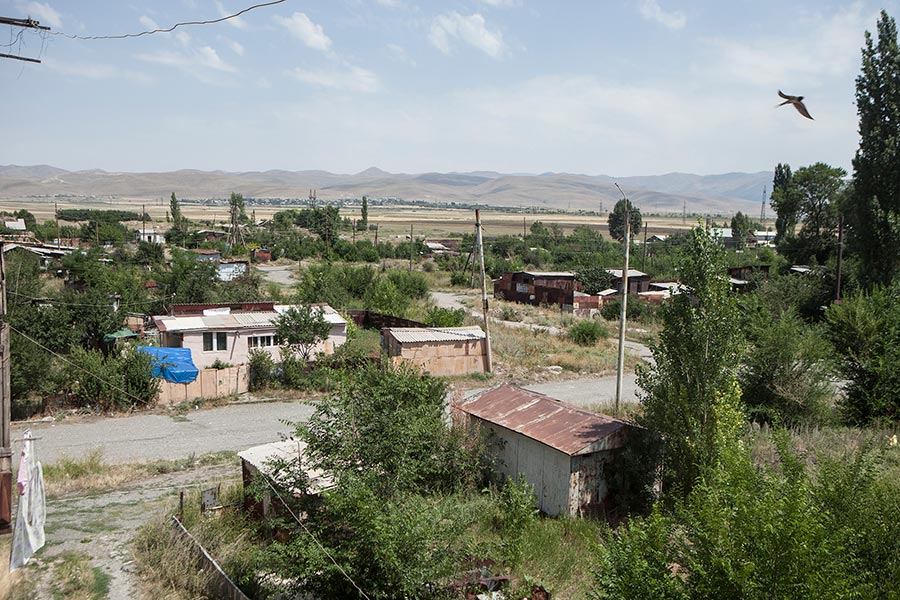
In 2017, in Gyumri alone there are still around 4.000 families living in these containers, which are also known as “domiks” (Russian for “little houses”), and another couple of thousand in other inadequate housing situations such as wrecked apartment buildings that are in danger of collapsing. Due to the huge unemployment rate in Armenia, breadwinners usually try to find work in Russia to provide for their families, but work abroad cannot be sustained permanently and poverty is unavoidable in many cases. Cigdem Ucuncu / Nar Photos
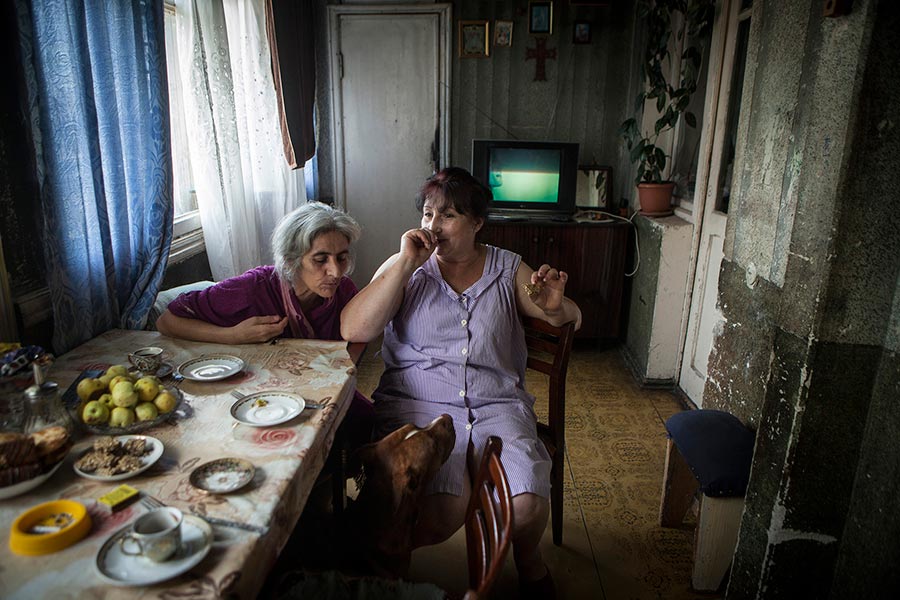
10 families are living in an apartment building close to the domiks. The building is tearing down day by day, so that they usually do not close their doors because they have to live with the constant fear of the apartment collapsing on them. The families have lost the hope of receiving new homes. Cigdem Ucuncu/ Nar Photos
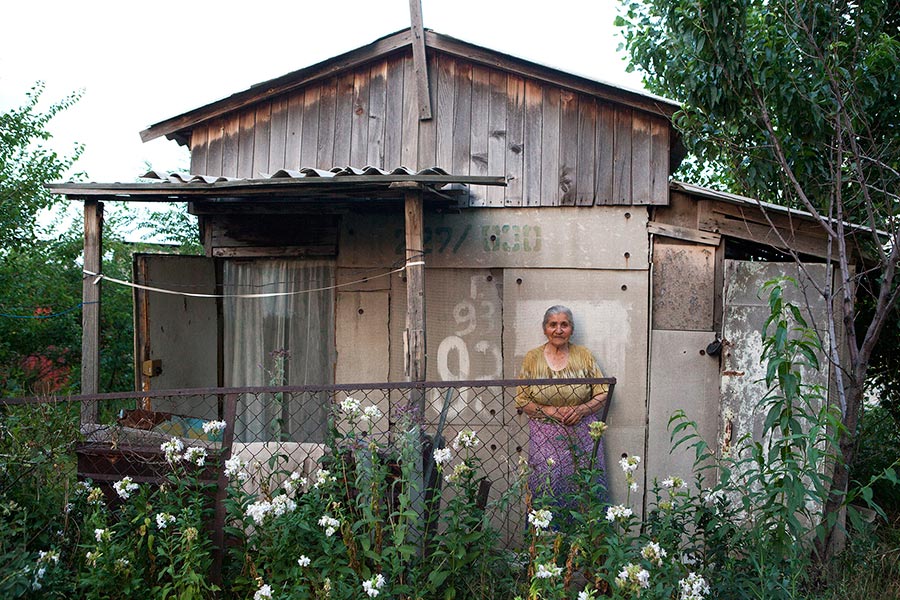
Widow Vardanyan Gohar (86) came to Gyumri from Stepanavan. Gohar does not have any relatives but her sister’s son in Vanadzor. She is a member of an out-of-mainstream Christian sect, reads the Bible every day and spends winter in one of the church leaders’ house. Serpil Polat / Nar Photos
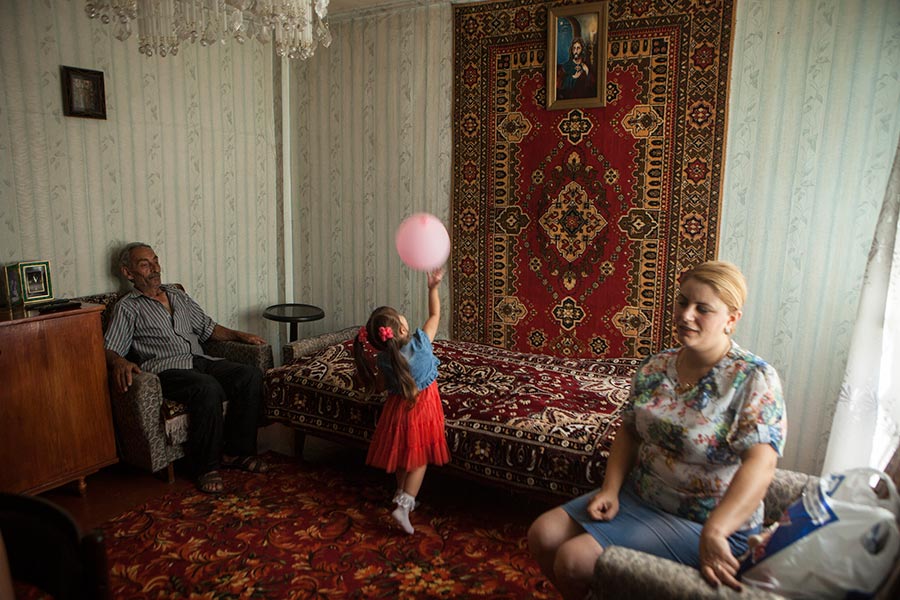
Painter Avetik Manukyan (61) and his wife Susanna are living together with their granddaughter, their son and their daughter-in-law in a domik since the earthquake. Their three sons are working in Russia due to higher job possibilities. Cigdem Ucuncu/ Nar Photos
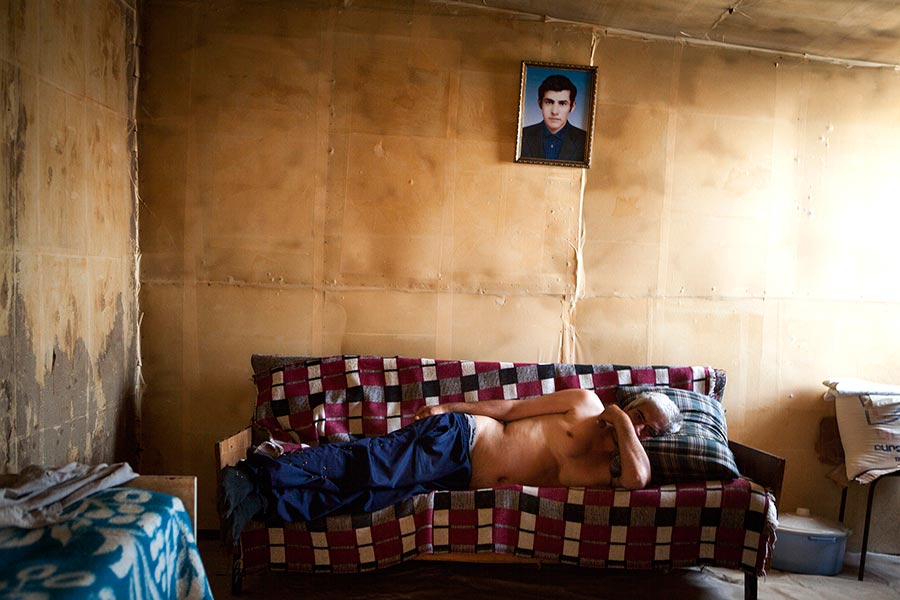
In 2017, in Gyumri alone there are still around 4.000 families living in these containers, which are also known as “domiks” (Russian for “little houses”), and another couple of thousand in other inadequate housing situations such as wrecked apartment buildings that are in danger of collapsing. Due to the huge unemployment rate in Armenia, breadwinners usually try to find work in Russia to provide for their families, but work abroad cannot be sustained permanently and poverty is unavoidable in many cases. Serpil Polat / Nar Photos
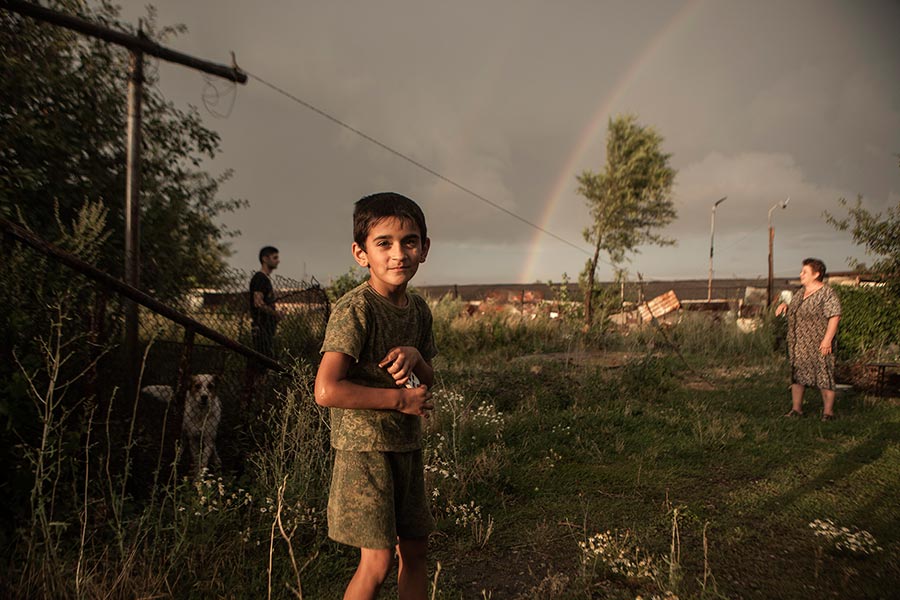
Arman’s (7) parents moved to Gyumri after the earthquake to work as construction workers. Arman visits his neighbor Lusik’s domik regularly, where he feels at home. Cigdem Ucuncu / NarPhotos
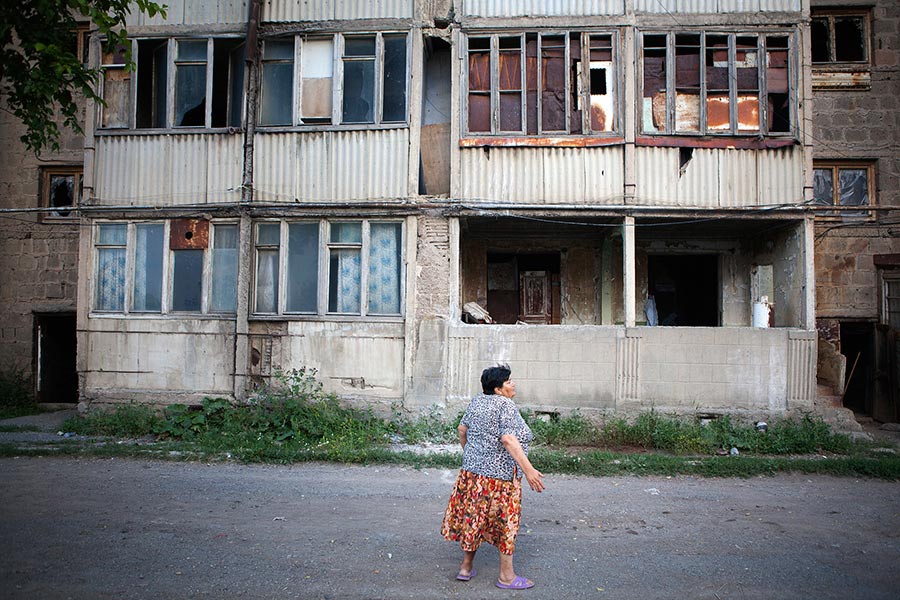
Roza (65) and her family live in an apartment building with 10 families close to the domiks. The building is tearing down day by day, so that they usually do not close their doors because they have to live with the constant fear of the apartment collapsing on them. The families have lost the hope of receiving new homes. Serpil Polat / Nar Photos
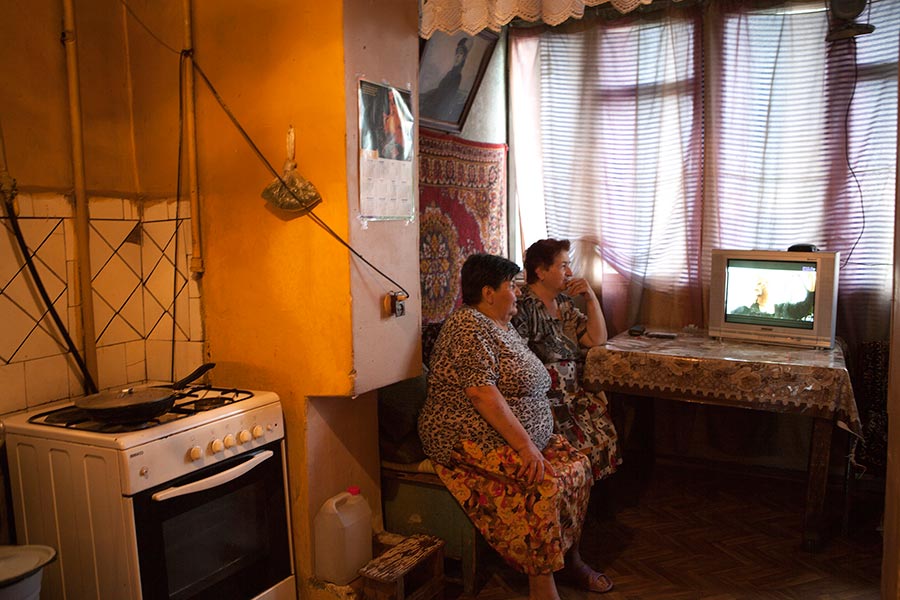
Roza (65) and her family live in an apartment building with 10 families close to the domiks. The building is tearing down day by day, so that they usually do not close their doors because they have to live with the constant fear of the apartment collapsing on them. The families have lost the hope of receiving new homes. Serpil Polat / Nar Photos
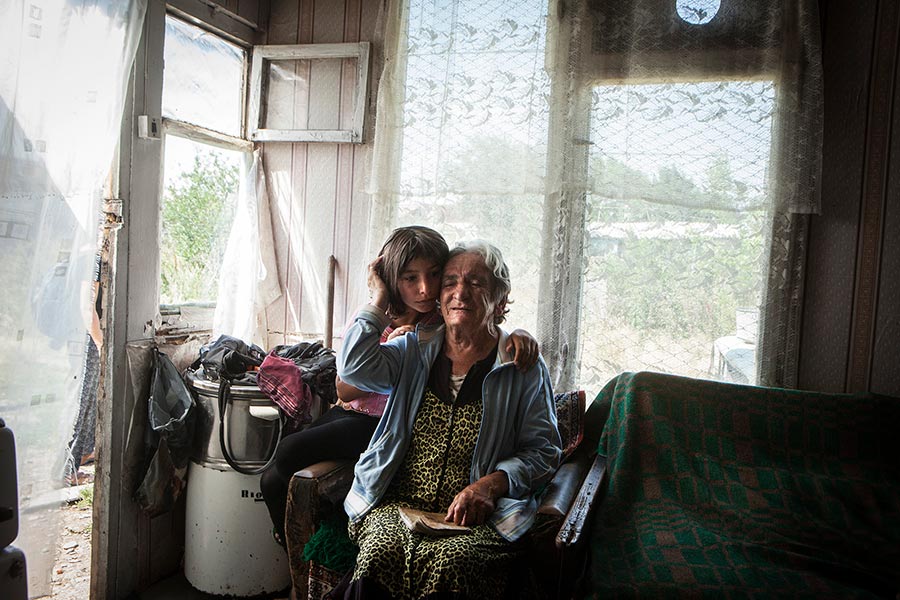
Chichak (80) has spent her childhood in an orphanage. She says, that after the earthquake she had to live in an ice-cream booth and dogs were mothering her. Chichak has been taking care of her friend’s orphans ever since her friend died. Even though Chichak has a new house and does not have to live in a domik anymore, she regularly visits this neighborhood to take care of Lena, who is almost deaf and blind. Cigdem Ucuncu / NarPhotos
Armenia, which was a Soviet Republic back then, suffered enormous economic issues, so that Mikhail Gorbachev had to ask the United States for Humanitarian support. Shipping containers full of supplies for the earthquake victims presented themselves as an opportunity for housing. People started to live in these containers, which was considered to be a temporary solution until they would receive new houses as a part of the Soviet Union’s recovery program. But financial distributions for this program stopped in 1991 after the collapse of the Soviet Union, so that thousands of homeless people could not be provided with adequate housing in time.
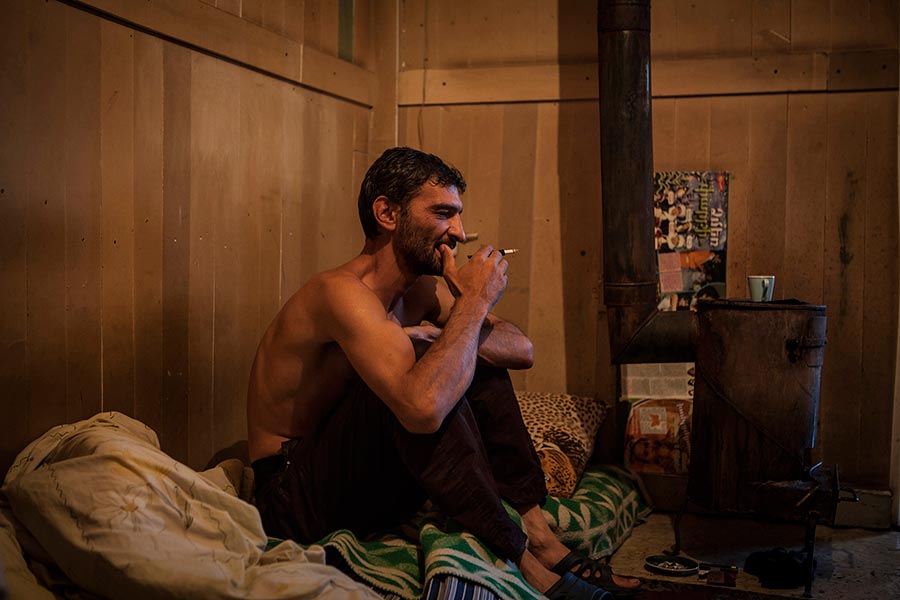
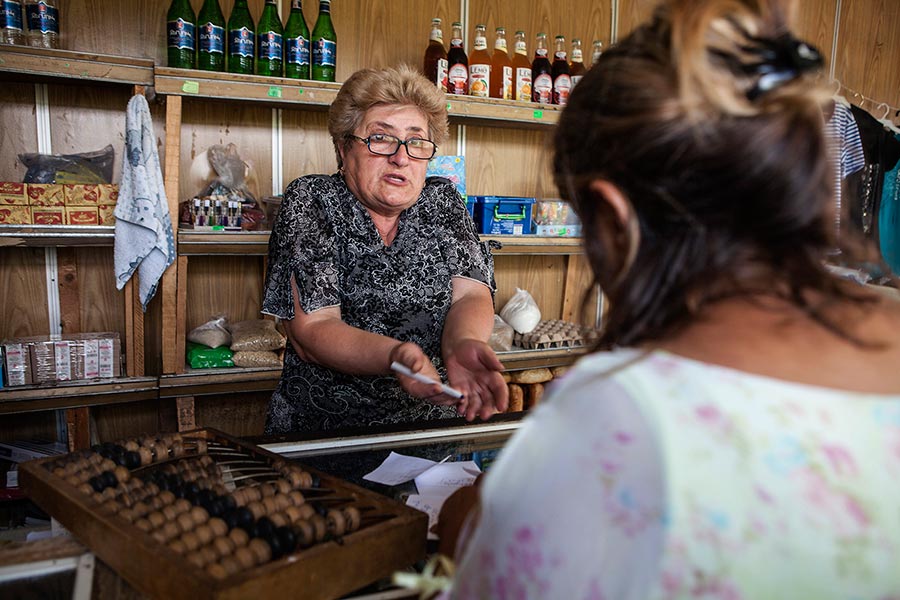
Madoyan Mareta (61) worked as a shop keeper since Soviet times. She is operating one of the domik neighborhood’s markets since 1998. A majority of the customers are indebted to her, because the people of the neighborhood do not own enough cash. Mareta keeps a list of her debtors and usually has to argue with them about the amount of their debts. Serpil Polat/Nar Photos
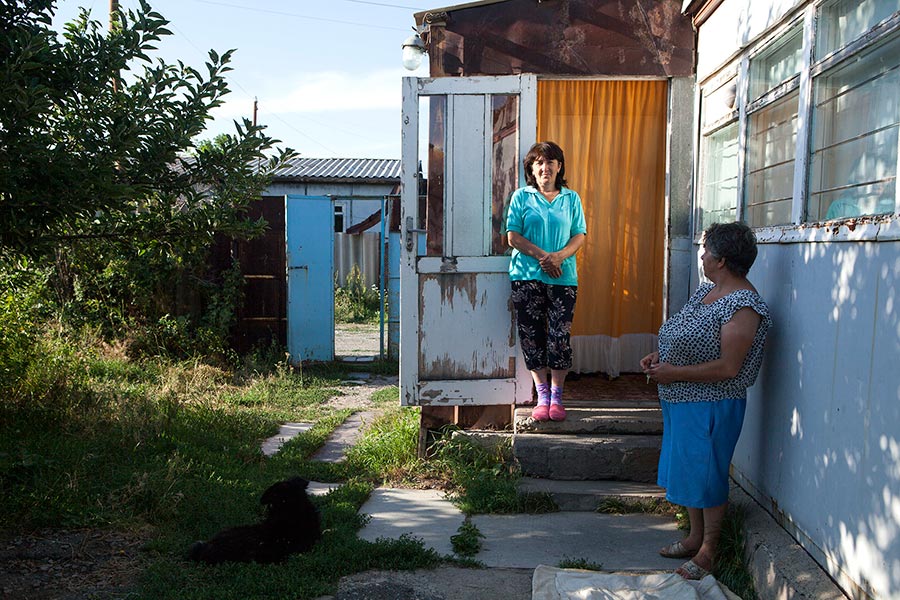
In 2017, in Gyumri alone there are still around 4.000 families living in these containers, which are also known as “domiks” (Russian for “little houses”), and another couple of thousand in other inadequate housing situations such as wrecked apartment buildings that are in danger of collapsing. Due to the huge unemployment rate in Armenia, breadwinners usually try to find work in Russia to provide for their families, but work abroad cannot be sustained permanently and poverty is unavoidable in many cases. Serpil Polat / Nar Photos
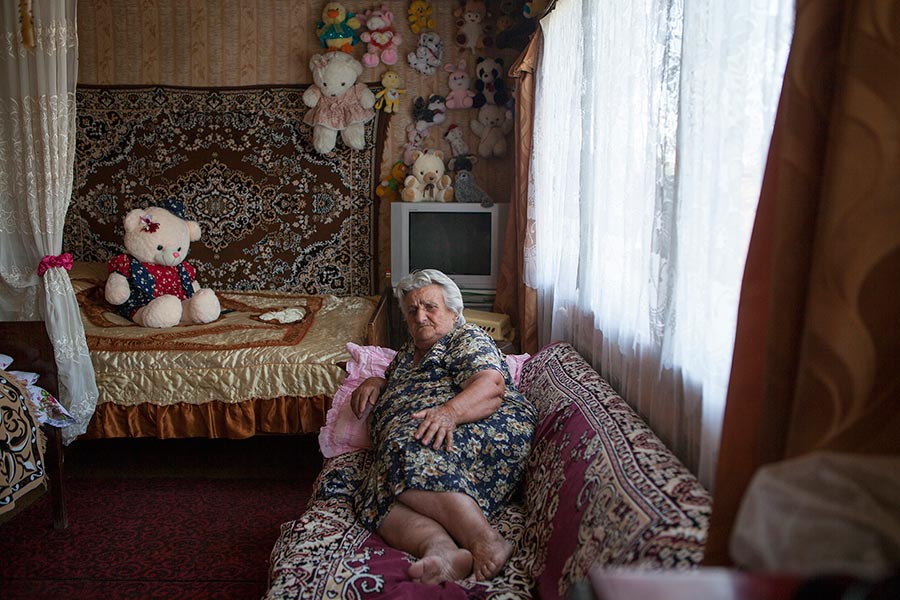
Qnarik (76) is the oldest member of a large family and moved to Armenia from Tbilisi. She and her six family members had to sleep in a small domik for 29 years. Due to health issues, Qnarik’s daughter-in-law and her grandchildren take care of her. The family had received a house after the earthquake, but had to sell it because they couldn’t afford its expenses. Serpil Polat / Nar Photos
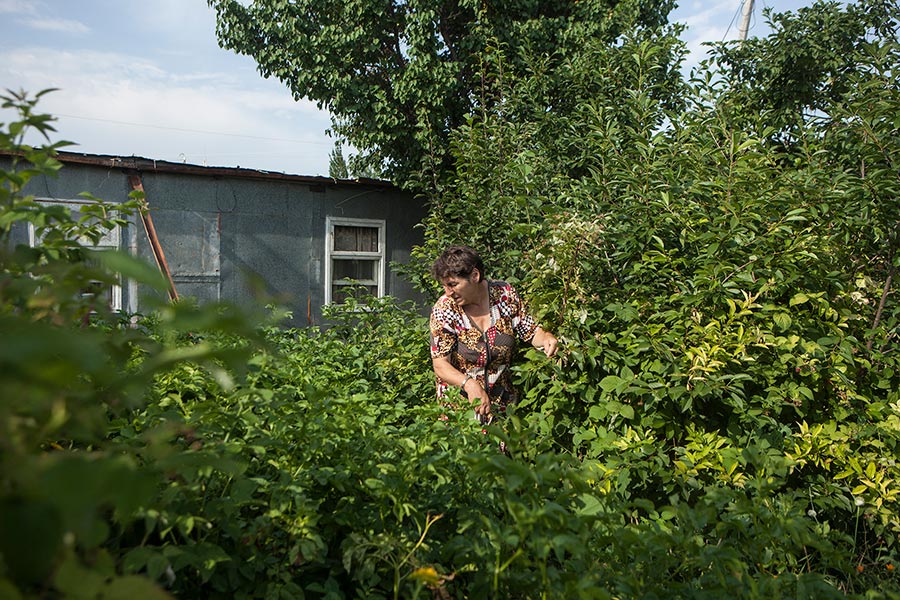
Tamara (67) lives with her husband. Together they got 6 children and 20 grandchildren. Even though Tamara and her husband received a house after the earthquake, they prefer to live in a domik, which they have altered according to their needs. Cigdem Ucuncu / NarPhotos
In 2017, in Gyumri alone there are still around 4.000 families living in these containers, which are also known as “domiks” (Russian for “little houses”), and another couple of thousand in other inadequate housing situations such as wrecked apartment buildings that are in danger of collapsing. Due to the huge unemployment rate in Armenia, breadwinners usually try to find work in Russia to provide for their families, but work abroad cannot be sustained permanently and poverty is unavoidable in many cases.
Over the past 29 years, some of these domiks have been shaped, deconstructed or even expanded according to their inhabitants’ needs with different generations growing up and living in them. And despite these circumstances and the many struggles the residents have to deal with, they have found a way to make home out of nothing accompanied by a hospitality that is beyond comparison with which they cherish and support each other since decades and for the days to come.


